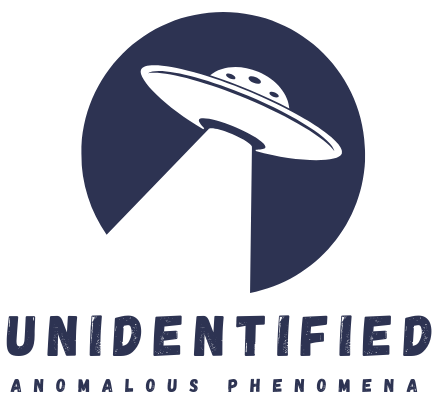Until last week, I thought I knew the full history of research on inattentional blindness. Inattentional blindness is the failure to notice a fully-visible but unexpected object or event when you are focusing attention on something else. I’ve been conducting research on the topic since the late 1990s, and I thought I was familiar with all of the work that came before mine. I knew all about Ulric Neisser’s work in the 1970s on selective looking, including many of his unpublished studies from that era. I knew about the dichotic listening studies that partially motivated his research. I knew about Arien Mack and Irv Rock’s groundbreaking studies during the 1990s on inattentional blindness in simplified computer displays (their book gave the phenomenon its scientific name). I knew about studies of tunnel vision in pilots as well as the literature on focused attention and distraction that provides a mechanistic explanation for what we see and what we miss.
Yet, none of those literatures cite what might well be the first experimental documentation of inattentional blindness. In fact, it’s likely that none of those researchers knew about these studies. None of us can really be faulted for missing them- they appeared in an unexpected place that fell well outside the focus of our research. The source is unlikely, but seasonally appropriate…
Last week I got an email from a colleague in our department about Mary Roach’s book “Spook: Science Tackles the Afterlife.” I haven’t read the book (although I’ve been meaning to-a couple of her other books are on my reading list now). In it, Roach cites a couple of studies (on pages 251-252) that addressed a somewhat bizarre question given modern scientific sensibilities: Is it possible to induce a “genuine” paranormal experience? Specifically, is it possible to make people believe they’ve seen a ghost?
More than 50 years ago, Tony Cornell, a parapsychology researcher, decided to test how people would react upon seeing him dressed as a ghost. Would they experience him as a “real” ghost or as something more mundane? He published a series of studies in two papers in the Journal of the Society for Psychical Research, the first of which was titled “An experiment in apparitional observation and findings.” He stated his goal:
An experiment in apparitional observation has been undertaken in Cambridge to determine how many people would claim to have experienced the seeing of an apparition or ghost.
Each night, Cornell or his assistants dressed in a white sheet and strolled down a path, making various hand gestures before shedding the sheet 4.5 minutes later. Other assistants observed how many people were “in a position to observe the apparition.” His finding: “although it was estimated that some 70-80 persons were in a position to observe the apparition, not one was seen to give it a second glance or to react in any way.” That’s true even though a number of cows apparently followed the ghost around.
Although Cornell’s finding is consistent with later studies of inattentional blindness, his conclusion isn’t. He finds it unlikely that nobody saw the ghost because:
a white-clad figure in the middle of a damp grass field, followed by a number of cows, is hardly to be ignored at the best of times…. If no one saw it consciously, one can only surmise that they did not want to see it. Cornell attributes the failure to notice the ghost to “the absence of a more subtle psi factor which is always present in genuine apparitional experience.
Cornell’s second paper, “Further Experiments in Apparitional Observation,” is even more prescient. He dressed as a ghost at a local movie theater. During a trailer film, he walked across the stage and back again, remaining visible for a total of 50 seconds. After the trailer, he polled the audience, and of those who responded, 68% claimed to have seen something and 32% claimed to have seen nothing peculiar, with many people not responding. Only about 50% saw anything during the ghost’s first pass across the stage, and many failed to describe it accurately.
Although you can feel Cornell’s disappointment that his “apparition” was not mistaken for a “real” ghost, his studies are remarkable both because they anticipated contemporary studies of inattentional blindness and because they actually tested inattentional blindness in the real world rather than in video or on a computer display. Only one other study has done that in the 50 years since (Ira Hyman and colleagues’ unicycling clown study from earlier this year). Perhaps more importantly, Cornell’s studies were the first to show how easily we can miss the fake paranormal events around us!
Hat tip to Carol Nickerson for spotting these citations in Roach’s book.
Sources Cited:
Cornell, A. D. (1959). An experiment in apparitional observation and findings. Journal of the Society for Psychical Research, 40(701), 120-124.
Cornell, A. D. (1959). Further experiments in apparitional observation. Journal of the Society for Psychical Research, 40(706), 409-418.
Parapsychology Essential Reads
Hyman, I. E., Jr., Boss, S. M., Wise, B. M., McKenzie, K. E., & Caggiano, J. M. (2010). Did you see the unicycling clown? Inattentional blindness while walking and talking on a cell phone. Applied Cognitive Psychology, 24,597-607. DOI: 10.1002/acp.1638


